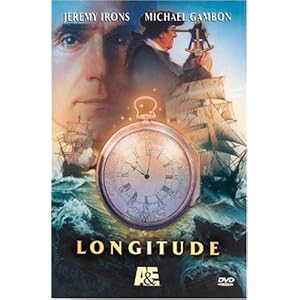This is for my friend, K’Lyn….. 

About a year ago, my children and I began to study
latitude and longitude. The very best
thing I found that helped us get the concepts down was a wonderful book called “SeaClocks: The Story of Longitude” by Louise Borden.
Before the late 1700’s, sailors knew how to measure
latitude (location north or south of the equator), but longitude was not
measurable. Many lives were lost when
ships, not knowing where they were, crashed into a land mass or a rocky shoal
or got lost during storms. The problem
became significant enough, that in 1714 the British Parliament voted to award
20,000 pounds sterling to anyone who could solve the latitude problem.
Enter John Harrison.
Harrison was a clockmaker from Yorkshire, England. His clocks were renowned for their ability to
keep accurate time and to keep working for a long time. Harrison and his time-pieces were able to solve
the problem, but convincing the Royal Academy of Science and the Board of
Longitude was another matter. Harrison
spent his entire life working on this problem and after his death his son,
William, carried on his work.
Two hundred years later, a naval officer named Rupert
Gould stumbled across Harrison’s “chronometers” and devoted his life to
restoring these machines. They are now
displayed at the Royal Observatory in Greenwich, England and at The Worshipful
Company of Clockmakers museum at Guildhall in London, England.
The story is awesome and entertaining. I recommend the picture book for children and
then read the longer biographical book about Harrison and Gould, “Longitude:The True Story of a Lone Genius Who Solved the Greatest Scientific Problem ofHis Time” by Dava Sobel. There is also a
movie starring Jeremy Irons “Longitude” that would probably be a little boring
for children, but teens and adults would enjoy it.


No comments:
Post a Comment